Best Flea Shampoo for Cats: Will a Single Wash Really Help?
When cats suffer from flea infestations, they may display signs of distress such as excessive licking, scratching, and even developing red rashes or small wounds. You might even spot black flecks of flea feces on their skin or see adult fleas and larvae running through their fur. So, how do you solve this pesky problem? Here's a detailed guide on how to treat fleas on your cat with best flea shampoo for cats.
Immediate Treatment: Steps to Relieve Fleas Quickly
Here's how to get started:
Use a Flea Comb: Gently comb through your cat's fur to remove fleas and larvae. After each combing, place the comb in soapy water to kill the fleas.
Use Flea Shampoo: Select a shampoo for cats designed specifically for fleas. Avoid human shampoos as they can be harmful to your cat’s skin.
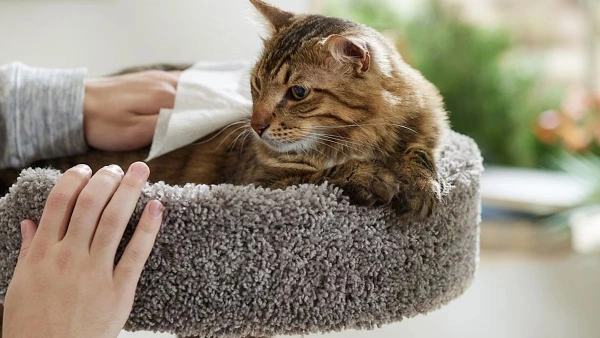
Long-Term Control: Prevent Future Flea Infestations
To ensure your cat is safe from fleas in the long run:
Flea Preventatives: Consult your vet about flea medications like topical solutions, collars, or pills that can help keep fleas at bay.
Deep Clean the Environment: Wash your cat’s bedding, toys, and blankets in hot water to eliminate flea eggs and larvae. Vacuum carpets, furniture, and corners where fleas might be hiding.
Consider Flea Sprays: You can use flea sprays around your home, but make sure they are pet-safe. Follow instructions carefully to avoid harm to your pets.
Everything Our Vets Recommend
Prevention: Keep Fleas at Bay All Year Round
Preventing flea infestations is easier than treating them:
Regular Flea Treatments: Consistently use flea prevention products as recommended by your vet. This forms a protective barrier for your cat.
Maintain Cleanliness: Regularly clean your home and remove flea habitats to prevent an infestation.
Avoid Contact with Flea-Carrying Animals: If you have other pets, ensure they are also treated for fleas.
Check for Fleas Regularly: After outdoor activities, inspect your cat for fleas to catch any issues early.
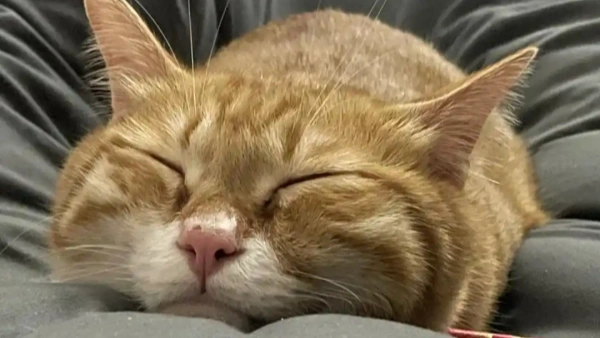
Everything Our Vets Recommend
FAQ - Best Flea Shampoo for Cats: Effective Treatments for Flea-Free Fur
Q: Can I use dog flea shampoo on my cat?
A: No, many dog flea shampoos contain ingredients toxic to cats. Always use a product specifically formulated for cats.
Q: How often should I bathe my cat with flea shampoo?
A: Generally, once every 2–4 weeks is enough, but follow the product’s instructions and your veterinarian’s advice.
Q: Will flea shampoo prevent future flea infestations?
A: Flea shampoo kills existing fleas but usually does not offer long-term protection. Combine it with a flea prevention plan for best results.
When to Contact a Vet: Serious Symptoms
If your cat is suffering from severe flea-related symptoms such as allergic reactions, anemia, or other health concerns, it's time to call your vet for treatment. Early intervention can save your cat's health and comfort.
Conclusion: Act Now for a Flea-Free Cat
Getting the right shampoo for cats can make a huge difference in alleviating flea problems. Make sure you:
Choose the best flea shampoo for cats, ensuring it’s safe and effective.
Stay proactive with flea preventatives to keep your cat protected.
Maintain a clean home environment to reduce flea re-infestation.
Need more tips on cat care? Check out our articles on flea shampoo for cats and shampoo for cats with scabs.
Start taking care of your cat’s flea problems today and make them comfortable again!
You May Like:
- How to Get Rid of Fleas on Cats Fast? Owners Miss This
- How Do You Know if a Cat Has Fleas in 2025: Vet Insights
- How to Kill Fleas on Cats Fast: Updated 2025 Care Guide
- Best Chewable Flea and Tick for Cats: Hidden Risks to Know
User Comments
Does flea treatment kill ear mites too?
Can dogs take human probiotics?
Can dogs have people probiotics safely?
Related Articles
View all
How Often Flea Treatment Cat? Most Owners Get This Wrong

How to Apply Flea Medicine on Cats: Beginner’s Guide
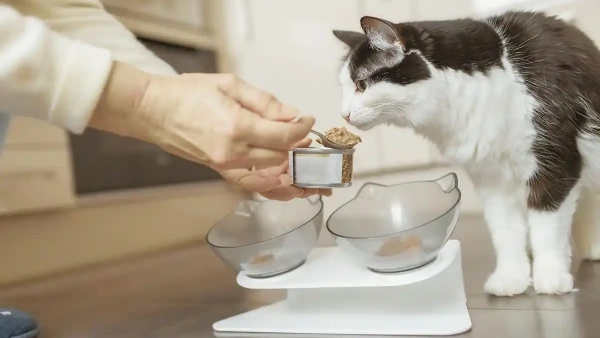
Best Cat Flea Spray for Cats in 2025: Vet Approved
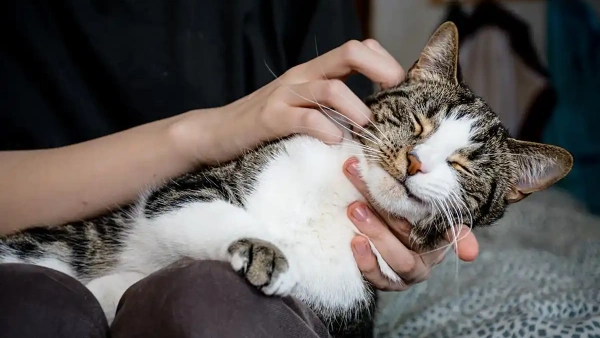
Where to Put Flea Treatment on Cat: Updated 2025 Guide

How Often Flea Treatment Cat? Most Owners Get This Wrong

How to Apply Flea Medicine on Cats: Beginner’s Guide

Best Cat Flea Spray for Cats in 2025: Vet Approved

Where to Put Flea Treatment on Cat: Updated 2025 Guide
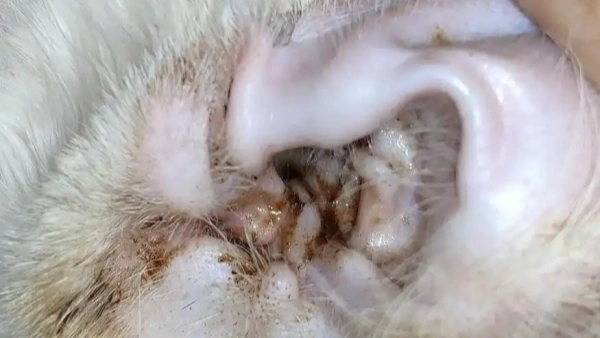
Best Flea and Ear Mite Treatment for Cats (2025 Review)

Safest Flea Prevention for Cats: A Complete 2025 Owner’s Guide

Flea Spray for Kittens: Best Options and Vet Advice 2025

Fleas on Newborn Kittens: Complete Treatment and Prevention
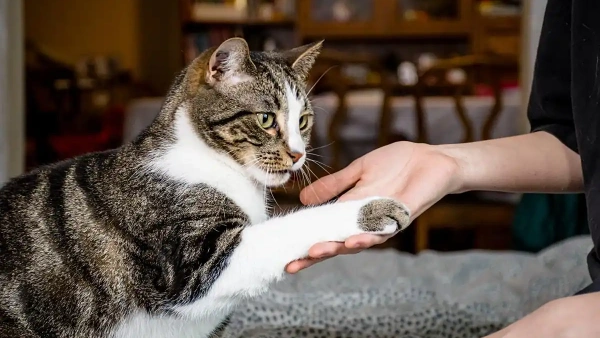

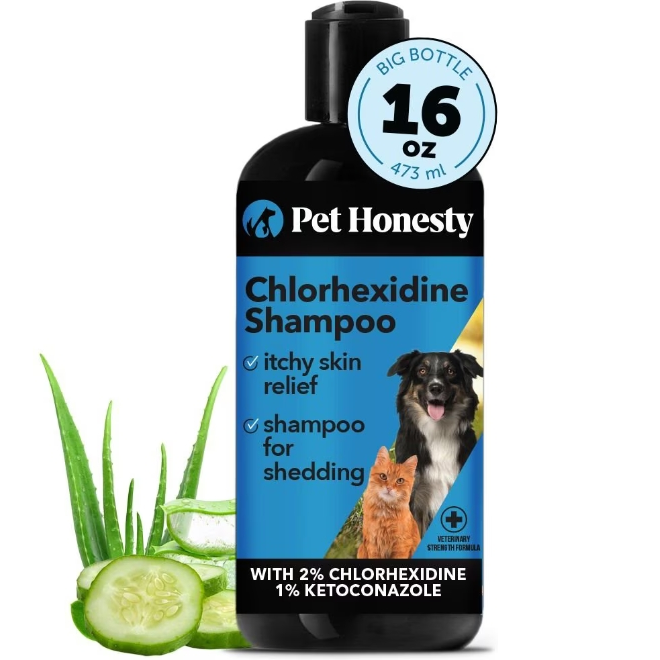
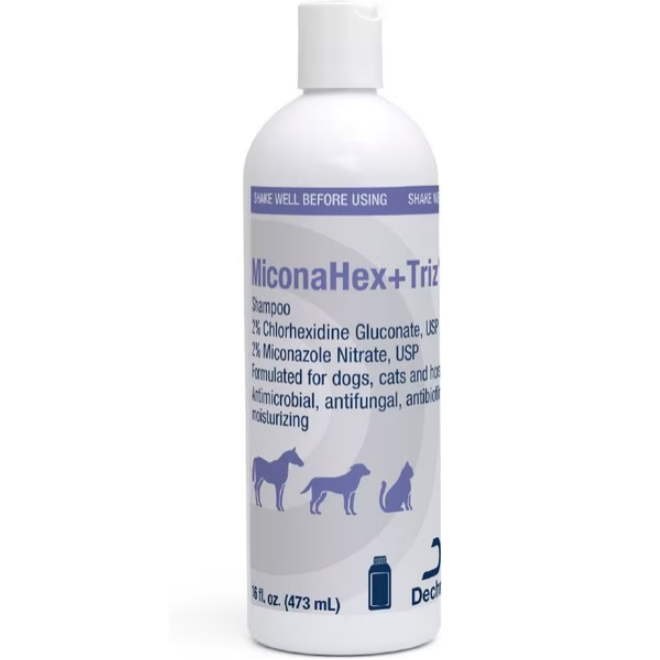
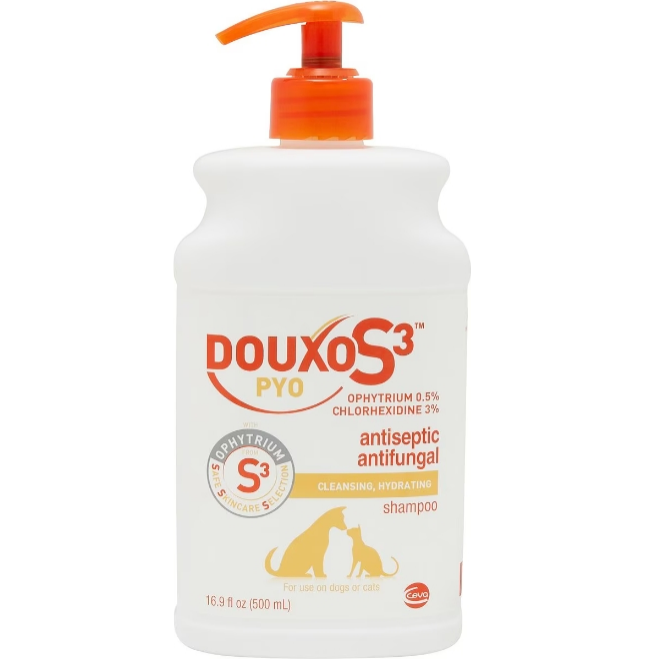
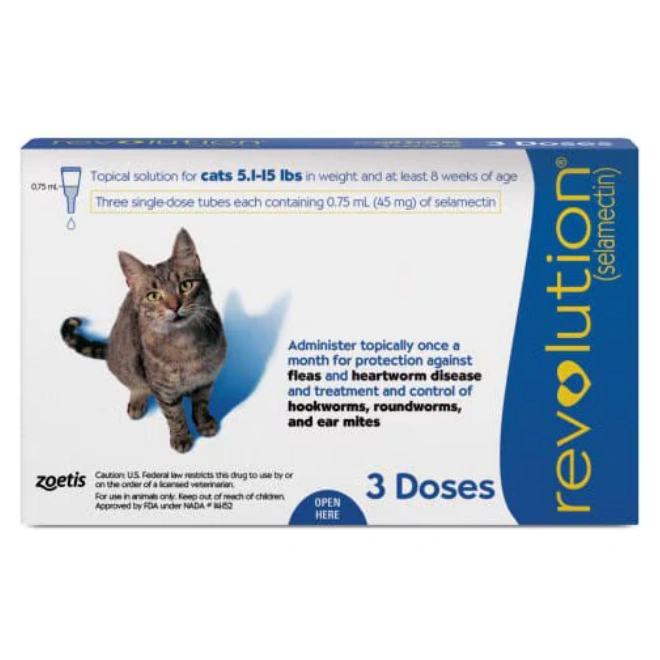
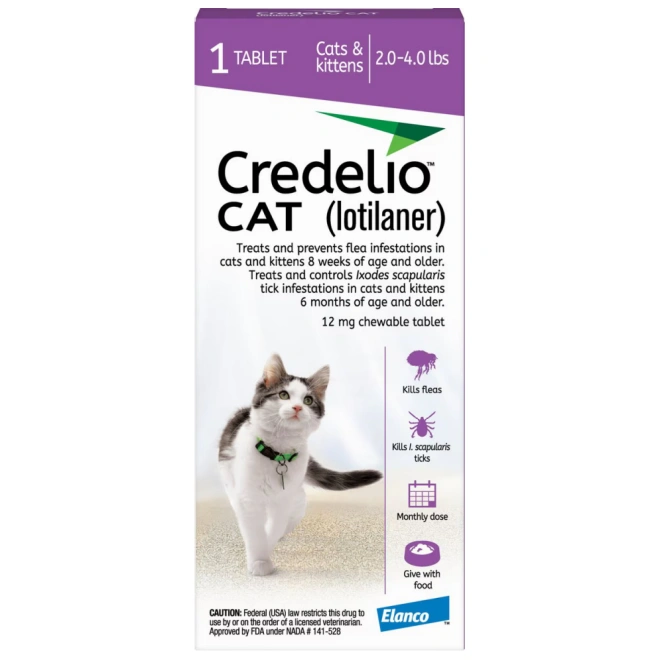
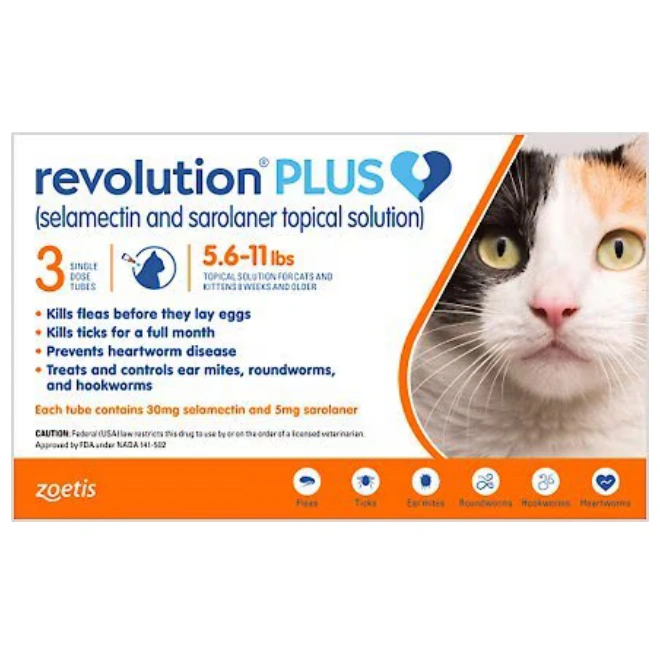
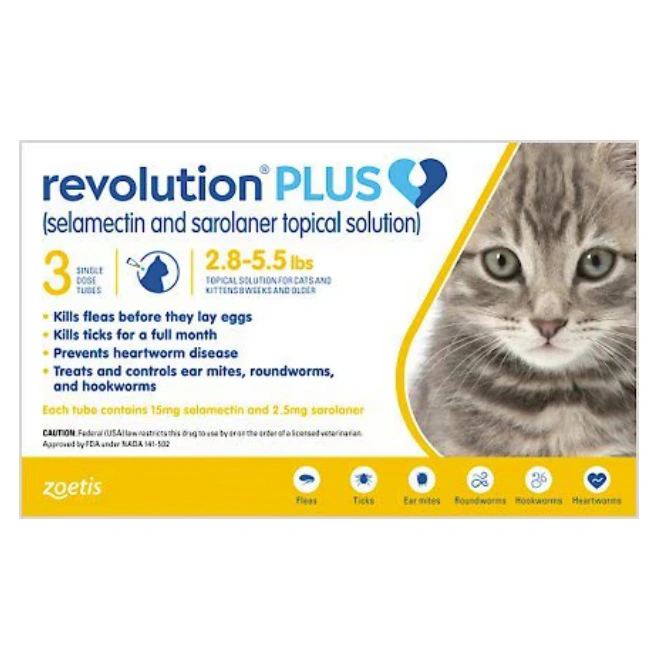








Leave a Reply